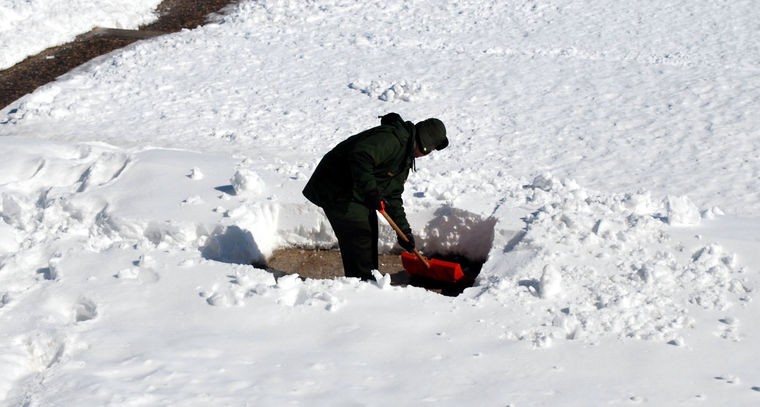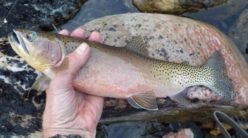In the past few days, we have seen the extremes of East Idaho weather. Icy roads, below freezing temperatures and snow are just a few of the things we have seen so far this winter season.
Ready.gov is a website that FEMA has put together to help families stay prepared during a crisis. This helps the populace avoid calamities during extreme weather as well as helping FEMA keep tabs on those who have followed the rules.
Here are a few tips for residents when snowstorms and extreme cold strike.
Stay indoors during the storm: If you have to work outside in the cold, make sure you wear layers that wick sweat away from your body. You can get hypothermia very quickly if sweaty layers are near the body.
Walk carefully on the snowy, icy walkways: There are some interesting inventions out there that can help you walk on snowy icy walkways. They have spikes (they look more like snow chains for tires) for your shoes, which you can put on the soles to help you stay vertical during the snowy weather.
Stay dry: Wet clothing saps the heat away from your body. If you have little ones, it is recommended to change their snow suits quickly because they have trouble regulating their body temperature.
Avoid overexertion when shoveling snow: Shoveling snow has been known to cause heart attacks in winter. Use caution by taking breaks and push the snow instead of lifting it. If the snow is really wet, try a brush or a snow blower instead. With Idaho winters the way they are, it would be a smart purchase to get a snow blower. Chat with your neighbors and see if they would be willing to share costs with you and you can take turns. You never know how much it could help your neighbors out.
Frostbite: Watch out for frostbite. Loss of feeling and pale skin can be a signifier of frostbite. Cover the exposed skin but do not rub. Seek medical attention immediately.
Hypothermia: If the person’s temperature is below 95 degrees, seek medical attention immediately. Get to a warm location.
Remove the wet clothing and warm the larger portions of the body first. Give warm beverages to the victim if conscious. If you are unsure whether it is frostbite or hypothermia, it is recommended to get medical attention for both. If not treated quickly, the condition could get serious very quickly.
Drive only if necessary: Don’t travel alone and make sure others know your schedule. Avoid the back roads and stay on the main roads. Travel in the day because black ice is common when night has come.
There are a lot of things you can do to stay warm and content during extreme cold. If you follow many of these suggestions, you can keep yourself and loved ones safe and secure.



